Link
Others have not been as lucky. Immunologist Polly Matzinger published a paper with her dog, Galadriel Mirkwood, as an honorary author in the Journal of Experimental Immunology in 1978.Upon finding out the truth, the journal’s editor banned Matzinger from publication until the editor died. She also became the subject of an internal investigation at the University of California San Diego.Luckily, Matzinger was able to show that her dog had indeed contributed to her research and that no fraud had been committed.Though this example supposes that animal test subjects have more of a right to be listed as co-author on a paper than a mere pet, Hansrudi Lenz of the University of Würzburg argues this practice is unethical.“Logically, a pet or deceased relative cannot make a genuine and identifiable contribution to a scientific publication,” he says.
0 notes
Text
There are accepted protocols to measure and verify, for instance, the volume of CO2 sequestered by a redwood tree. There are no current methods, though, to determine the total carbon dioxide removed from the atmosphere by whales’ life cycle as they traverse the ocean, according to Heidi Pearson, lead author of the paper and an associate professor of marine biology at the University of Alaska Southeast.
“Whales have many ecosystem values, carbon removal potentially being one of them,” Pearson said. “But the state of the science is still in its infancy and not ready to make that leap from whale carbon to climate change policy, and even further afield, talking about carbon credits, which is leaps and bounds down the road.”
That hasn’t deterred efforts to place a dollar value on whales. The goal is to multiply whales’ carbon sequestration potential by promoting a restoration of the marine mammals to levels that existed before industrial whaling decimated their populations.
The International Monetary Fund in 2019 published a paper that proposed assigning a value of $2 million for each great whale to account for their role in carbon removal, calculating that the current population of the marine mammals is worth more than $1 trillion.
Scientists to Carbon Markets: Don’t Monetize the Whales
0 notes
Text
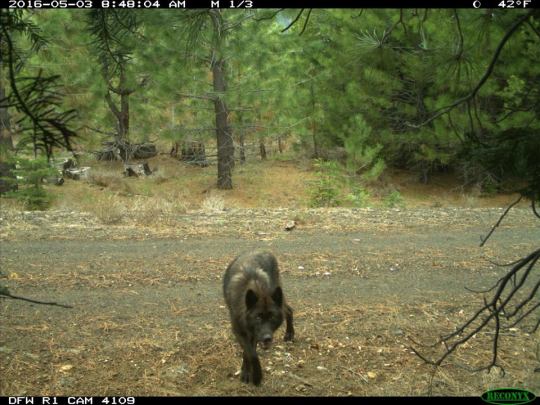
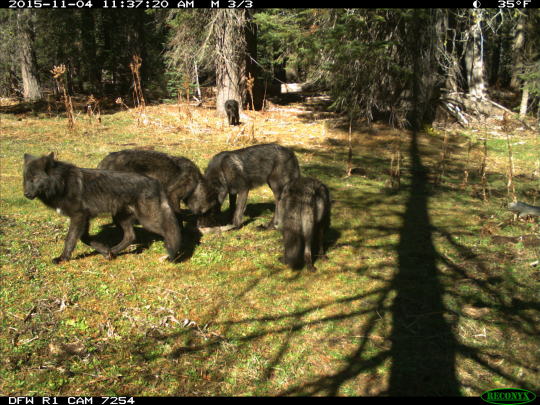
Photos confirm first wild wolf pack in California for nearly a century
9K notes
·
View notes
Text

Another example of the role of indigenous peoples and knowledge in European science is that of the work of Henry Smeathman (1742–1786), an entomologist who spent years working in Sierra Leone. Natural historians such as Daniel Solander, Joseph Banks, and John Fothergill sponsored Smeathman to go to Africa to collect natural history specimens in 1781. He was most successful at collecting insects, which his sponsors used in their own collections. Indigenous Africans helped Smeathman excavate termite mounds for his studies, and collected insects which contributed to financing Smeathman and many other scientists’ following fieldwork trips (Douglas, 2009). The sole acknowledgement of these indigenous Africans seems to be in a painting from 1781.
Nature Read in Black and White: decolonial approaches to interpreting natural history collections [PDF]
Author(s): Das, S. & Lowe, M.
Journal of Natural Science Collections, Volume 6, 4 ‐ 14.
1 note
·
View note
Text
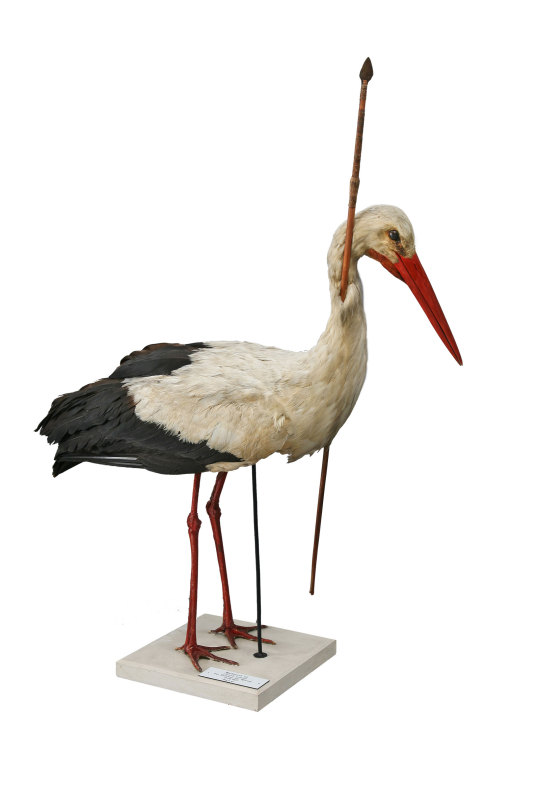
1822
German villagers shoot down a White Stork that had a spear made of African wood impaled in its side. Dubbed the “pfeilstorch” (or “arrow stork”), this unfortunate bird provides some of the first concrete evidence of migration between continents.
0 notes
Photo

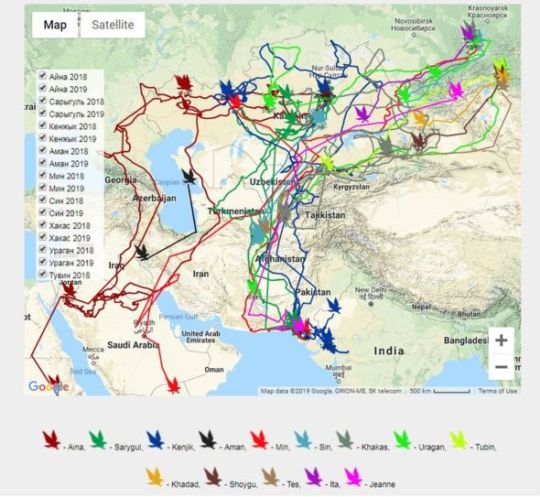
Migrating Russian eagles run up huge data roaming charges - BBC News
The birds left from southern Russia and Kazakhstan.
The journey of one steppe eagle, called Min, was particularly expensive, as it flew to Iran from Kazakhstan.
Min accumulated SMS messages to send during the summer in Kazakhstan, but it was out of range of the mobile network. Unexpectedly the eagle flew straight to Iran, where it sent the huge backlog of messages.
1 note
·
View note
Photo
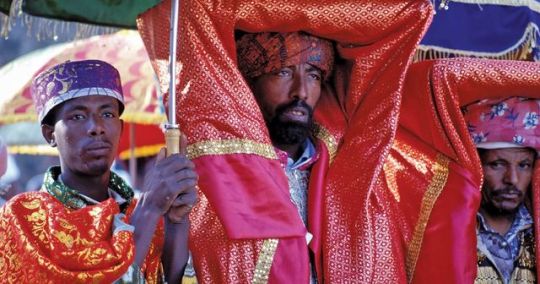
Ethiopia claims Ten Commandments tablet hidden in Westminster Abbey | The Art Newspaper
The Ethiopian government is calling for the restitution of a sacred object that is sealed inside an altar in London’s Westminster Abbey.
The object, known as a tabot, is a tablet that symbolically represents the Ark of the Covenant and the Ten Commandments. Every Ethiopian church houses a covered tabot, which is regarded as sacrosanct and must be seen only by the priest. The tablets, which are made of wood or stone, are believed to be inscribed with a cross and the name of a saint.
Westminster Abbey’s tabot was looted at the battle of Maqdala (formerly Magdala) in 1868, when British troops attacked the forces of the Ethiopian emperor Tewodros. The tabot was acquired by Captain George Arbuthnot of the Royal Artillery.
Although Anglican churches and cathedrals have an established system for deaccessioning furnishings, Westminster Abbey is a Royal Peculiar, which puts it directly under the monarch’s jurisdiction. The deaccessioning procedure is something of a grey area, but returning the tabot might require the blessing of The Queen. She may not have a personal view on the subject, but her son and heir, Prince Charles, has developed close links with eastern Orthodox churches and could well be sympathetic.
On his return to London, Arbuthnot donated the tabot to the abbey. In 1870, Dean Arthur Stanley commissioned the architect George Gilbert Scott to erect a new altar in the Henry VII Lady Chapel. The dean inserted the tabot into the back of the altar, where it remained visible, along with two other sacred objects—fragments from the high altar of Canterbury Cathedral and the major Greek Orthodox church in Damascus.
In 2007, the head of the Ethiopian Orthodox church, Abune Paulos, travelled to London to meet the abbey’s receiver-general and to call for the return of the tabot. A representative of the abbey said that this would be considered, but nothing more was heard.
Three years later, a covering was placed in front of the tabot, so it is no longer visible. The inscription, “Fragment of an Abyssinian Altar brought from Magdala in 1868”, was painted over. Today, the ghost-like rectangle where the front of the tabot was once exposed can just be made out.
2 notes
·
View notes
Photo

DECENTURION — THE FIRST DECENTRALIZED AUTONOMOUS SOCIETY
2 notes
·
View notes
Photo
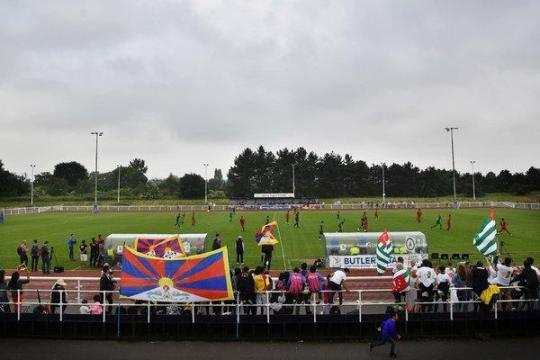
In Alternative World Cup for Would-be Nations, Karpatalya Beats North Cyprus - The New York Times
For a nation recognized only by Russia and a handful of others, hosting sporting events has come to be an important way to lay claim to being an independent state. In 2011, the World Domino Federation’s recognition of Abkhazia’s independence, despite protests from Georgian officials, was seen as a major breakthrough by politicians in Abkhazia’s working capital, Sukhumi, where the game has a passionate following.
1 note
·
View note
Quote
Working alongside global tech giant Microsoft and ethereum-focused startup ConsenSys, Brazil's Ministry of Planning, Budget and Management is piloting a blockchain identity application.
Leveraging technology provided by ConsenSys affiliate project uPort – a "self-sovereign"' identity system built on ethereum that allows users access and control over their own data – the agency is testing how the technology could be used to verify the legitimacy of personal documents.
In statements, Adriane Medeiros Melo, head of information technology at the ministry, framed the trial as one that would help the organization test the potential of blockchain technologies, as well as to "establish a new trust model between government and society."
Brazil's Ministry of Planning Is Testing Blockchain Identity Tech
0 notes
Photo
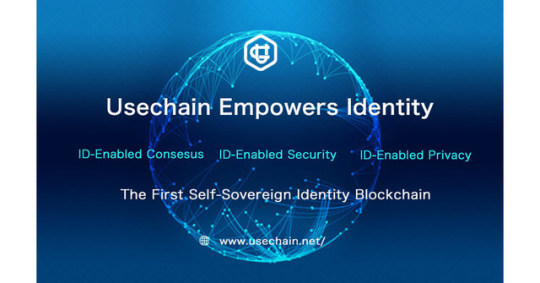
(via Usechain To Become World’s First-ever Self-sovereign Identity Blockchain)
0 notes
Link
0 notes
Photo
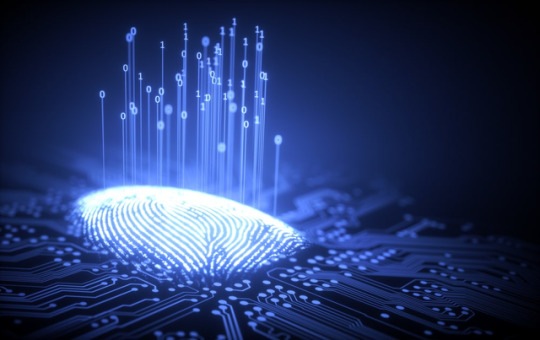
Self-Sovereign Identity Systems, Blockchain Alternatives to Aadhaar
The cry of identity systems like Aadhaar is that they seek to ‘deduplicate’ identities and their associated personal data. That is, the same data may be held under different identities, or that multiple identities of a single person may have different data. The goal is to reduce the data to a single trusted mapping of identity to data.
In blockchain, no such single identity/data trust model can be established and nor should such attempts be made. However to a provider of some benefit, such as a government, this is a most undesirable property as any one person may apply for unlimited benefits using an unlimited number of anonymous identities.
The ‘blockchain’ way is to manage such problems is through the economics of capital, collateral and penalties. For a blockchain identity to derive from some institutional benefit, that benefit must be engineered in some way to first accept collateral from the identity which it can return, enhance or harm depending upon the subsequent behaviour of the identity or some other proof of cheating.
For a blockchain identity, this collateral might be provided from what I call Civil Capital.
0 notes
Photo
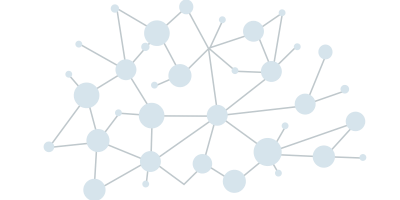
Home - Sovrin
“Sovrin is a decentralized, global public utility for self-sovereign identity. Self-sovereign means a lifetime portable identity for any person, organization, or thing. It’s a smart identity that everyone can use and feel good about. Having a self-sovereign identity allows the holder to present verifiable credentials in a privacy-safe way. These credentials can represent things as diverse as an airline ticket or a driver's license.“
0 notes
Photo
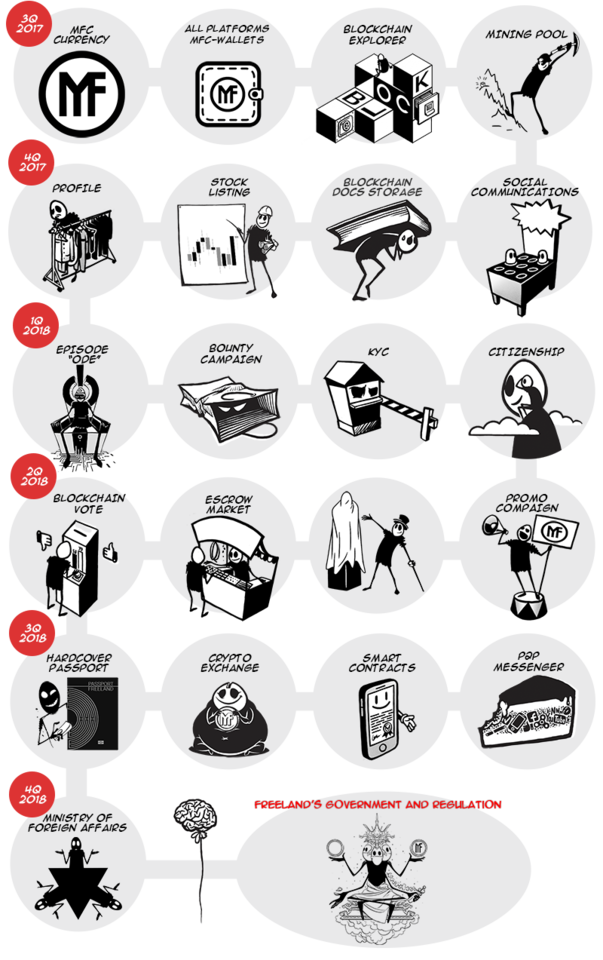
“The virtual state of Freeland is the same state as any other existing one, whether recognized or not. The global difference is that it is organized on a newly-discovered territory: in the infosphere. There is no logical reason to deny that this territory exists. There is no reason to deny that social and economic relations between people can technically be built in it according to different rules than ever before.“
(via MFCoin – MFCoin official site)
2 notes
·
View notes
